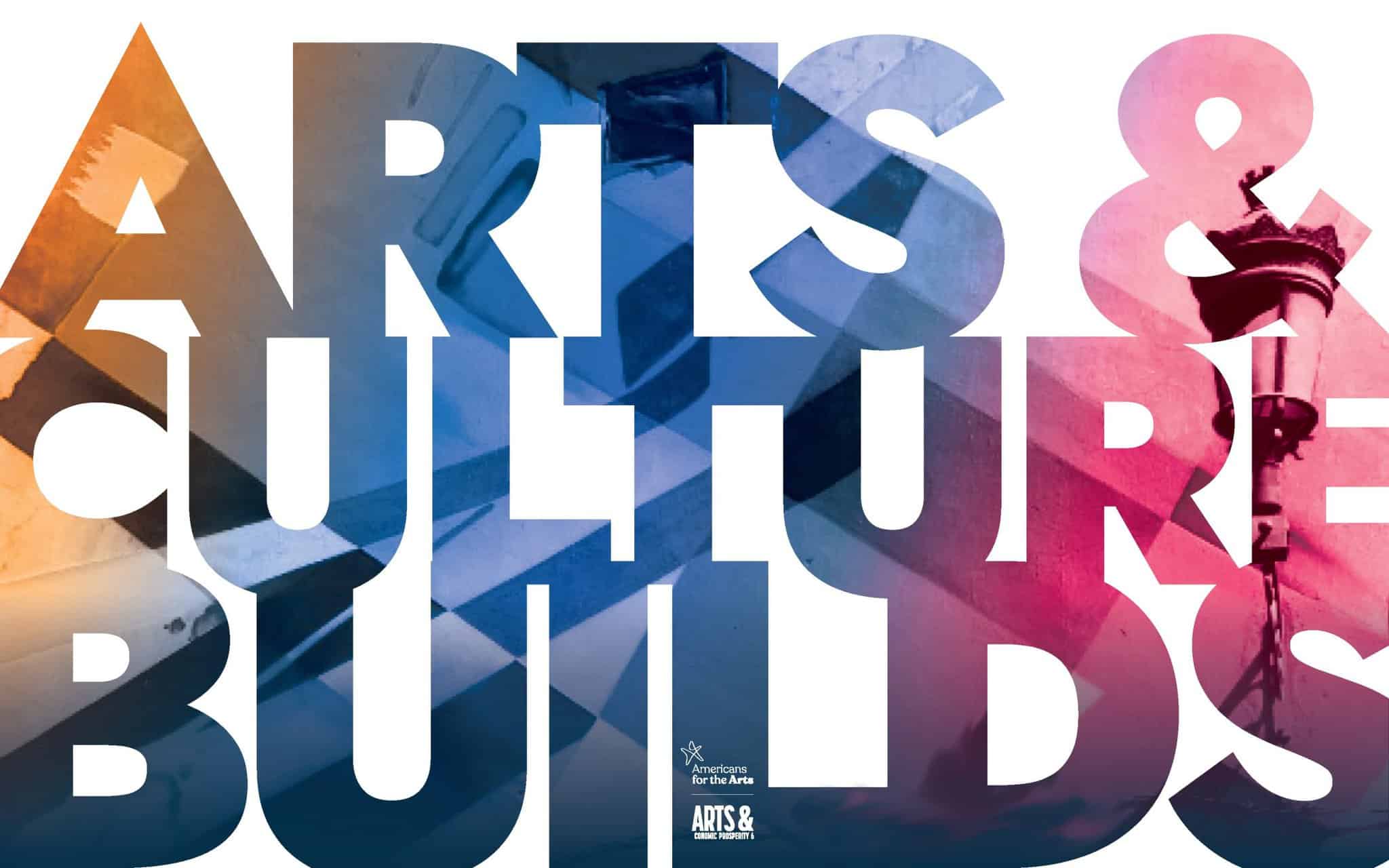Groundbreaking Study Reveals Economic and Social Impact of $400,700,004 Nonprofit Arts and Culture Sector in Multnomah County and $405,142,123 within the City of Portland
“Arts & Economic Prosperity 6 Study Centers Equity in Economic Research and Highlights Vital Role of Arts and Culture in Building More Livable Communities”
[Portland, OR], October 23, 2023—Regional Arts & Culture Council announced that Multnomah County nonprofit arts and culture industry generated $400,700,004 in economic activity in 2022, according to the newly released Arts & Economic Prosperity 6 (AEP6), an economic and social impact study conducted by Americans for the Arts. That economic activity–$400,700,004 in spending by nonprofit arts and culture organizations and $4,495,889 in event-related spending by their audiences supported 5,841 jobs and generated a total of $72,062,487 in local, state, and federal government revenue in Multnomah County. Spending by arts and culture audiences generates valuable commerce to local merchants, a value-add that few other industries can compete with.
Building on its 30-year legacy as the largest and most inclusive study of its kind, AEP6 uses a rigorous methodology to document the economic and social contributions of the nation’s nonprofit arts and culture industry. The study demonstrates locally as well as nationally, arts and culture are a critical economic driver of vibrant communities.
“RACC’s leadership spearheaded the AEP6 survey in our community speaks to the importance of our local nonprofit arts and culture sector driving economic recovery. Evidenced in many events we attended to connect with audience members. Many people were back at local events because they missed human and cultural connections during the pandemic shut downs. The arts connecting others has been a key to the City of Portland and Multnomah Counties recovery.” – Laura Streib, AEP6 Coordinator
Nationally, the Arts & Economic Prosperity 6 (AEP6) study reveals that America’s nonprofit arts and culture sector is a $151.7 billion industry—one that supports 2.6 million jobs and generates $29.1 billion in government revenue.
“Arts and culture organizations have a powerful ability to attract and hold dollars in the community longer. They employ people locally, purchase goods and services from nearby businesses, and produce the authentic cultural experiences that are magnets for visitors, tourists, and new residents,” said Nolen V. Bivens, president and CEO of Americans for the Arts. “When we invest in nonprofit arts and culture, we strengthen our economy and build more livable communities.”
AEP6 represents a reset from its previous versions, establishing a new benchmark in the AEP study series.
- Social Impact: For the first time, AEP6 expands beyond the economic and financial data to include social impact measurements of arts and culture’s effect on the well-being of communities and residents.
- Equity and Inclusion: AEP6 broke new ground by prioritizing equity, community engagement, and inclusivity. With the goal of reducing systemic bias, Americans for the Arts transformed its approach and expanded the inclusion and participation of organizations serving or representing BIPOC- (Black, Indigenous, People of Color) and ALAANA- (African, Latine, Asian, Arab, Native American) identifying communities.
“The relationships RACC has been building since the last AEP survey is confirmed with the connections made with our diverse arts and culture nonprofits organizations. This, especially with this round of AEP with extra attention spent on organizations built by and for our BIPOC community. RACC investing and listening to our community has built trust and connection to continue these conversations through the AEP6 survey and beyond.” – Mario Mesquita, Manager of Advocacy & Engagement
Nationally, the extensive research reveals proportional economic and community impacts among attendees at BIPOC and ALAANA organizations to the overall national average. These findings should initiate new, and escalate existing, critical funding conversations about BIPOC and ALAANA organizations receiving fair and proportional financial support.
LOCALLY
- The City of Portland nonprofit arts and culture industry generates $4,589,494 in event-related spending by its audiences.
- The typical attendee spends 36.45 per person per event, not including the cost of admission.
- 32.1% of arts and culture attendees were from outside the county in which the activity took place. They spent an average of $55.21. All vital income for local merchants.
- 87.2% of respondents agreed that the activity or venue they were attending was “a source of neighborhood pride for the community.”
- 87.9% said they would “feel a sense of loss if that activity or venue was no longer available.”
NATIONALLY
AEP6 demonstrates the significant economic and social benefits that arts and culture brings to their communities, states, and the nation. To amplify the study results and raise awareness of these widespread benefits with public and private-sector leaders, seventeen national organizations partnered with Americans for the Arts on AEP6:
|
|
By measuring arts and culture’s wide-ranging impact, public and private sector leaders can work together to secure funding and arts-friendly policies that shape more vibrant and equitable communities.
The full report, a map of the 373 study regions, and a two-page economic impact summary for each, can be found at AEP6.AmericansForTheArts.org.
Read about the AEP6 Tri-county share out event
The Arts & Economic Prosperity 6 study was conducted by Americans for the Arts, the nation’s leading nonprofit organization for advancing the arts and arts education. It was supported by The Ruth Lilly Endowment Fund of Americans for the Arts. Americans for the Arts’ 297 study partners contributed both time and financial support to the study. For a full list of the communities who participated in the Arts & Economic Prosperity 6 study, visit AEP6.AmericansForTheArts.org.

